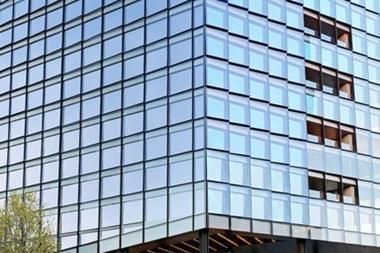It’s almost three years since the start of the first Covid 19 lockdown and for many of us, particularly those of us used to working in an office, it’s clear that the way we work has changed forever.

While we were familiar with remote-working technologies prior to the pandemic, they have quickly come to feel like second nature.
Discussions at the recent World Economic Forum drew my attention because of comments made by senior executives inferring that remote work was a passing necessity, that normality should resume and that reports of the office’s demise are much-exaggerated. In short, they said, workers should return to the office in force.
I support the ends of getting people back to the office, but not the means. Anecdotally, people tend to consider those working beside them to be more productive. Office space is a cost incurred that becomes less defensible if desks are empty. There are plenty of benefits to working alongside one another at least part of the time.
Which is correct: the office never again or the office all-day-all-the-time? You might expect the founder of a workspace group to campaign for the latter, but you’d be wrong. Even an ostensibly decentralised industry can find benefit from working closely together.
For me, the future is hybrid. Hybrid working is not a magic wand that waves away the issues, but one that needs to accommodate them. Problems around team cohesion remain, but equally we cannot in good conscience ignore the social changes that lockdowns have wrought for caregivers, for evaluation of what we find meaningful and for what we want out of work. Instead, we need a form of hybrid working that emphasises the best aspects of time spent in, and away from, the office.
“Carefully manufactured chance occurrences, physical design and co-location have often been used to encourage dialogue and incidental conversations that will lead to the next big idea.”
To do that, we must provide compelling reasons for being in the office. Dealing with the issue via stern words and admonishments from the top is going to sap the motivation of many employees.
The model for a successful office can draw much from innovation campuses. These clusters have given rise to breakthroughs in life sciences and high-performance computing, and suggest that we should bring together knowledge, application and skill to address these grand challenges.
Carefully manufactured chance occurrences, physical design and co-location have often been used to encourage dialogue and incidental conversations that will lead to the next big idea. From the next big ideas come products, services and then, it is hoped, profit.
Within innovation campuses, this can take place at the domain level and beyond the boundary of the company. While physical design helps, a social dimension does, too.
Society and commerce at once face seismic challenges – climate change, health, wellbeing and digital transformation – but also provide a solution. Many of these issues cross traditional boundaries in policy, discovery, practice and commerce.
In this context, the remote environment becomes a place for deeper, more involved work. Currently, it is difficult to make the remote working environment a facsimile of the office. For all the connectivity afforded to us, remote work lacks the human connection that supports creativity.
Maybe the next iteration of the web will solve that problem. Until then, the office remains a vital part of how we work.
Gabriela Hersham is chief executive of Huckletree





























No comments yet